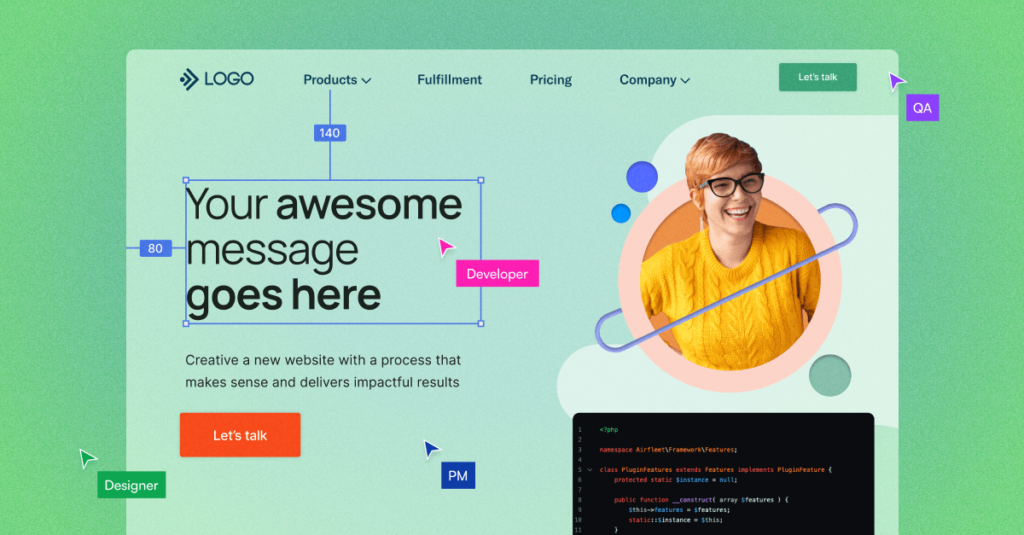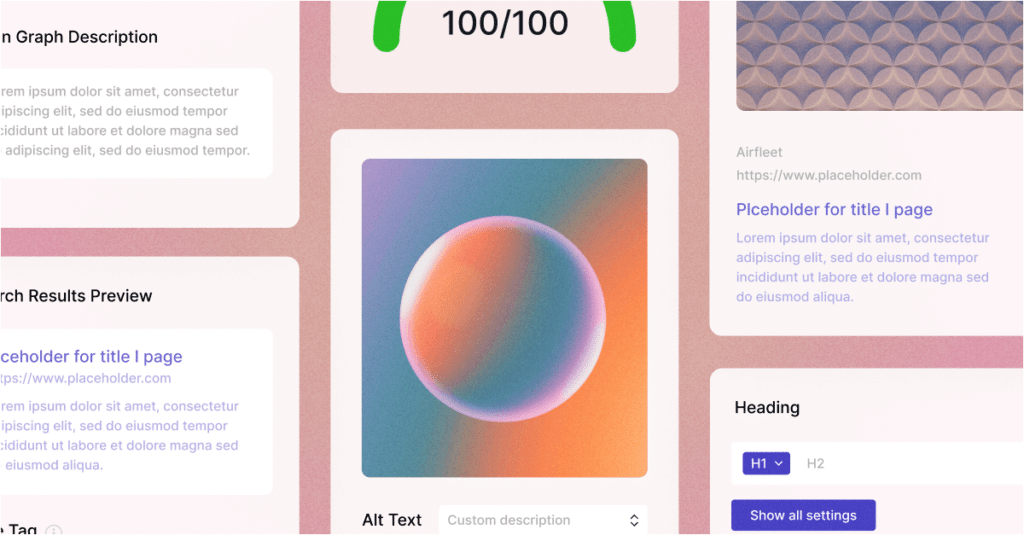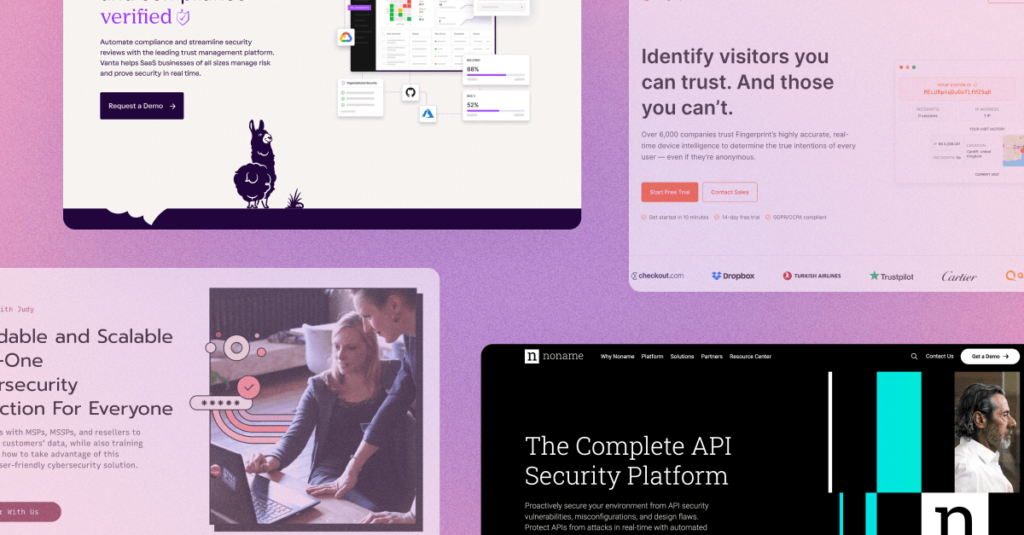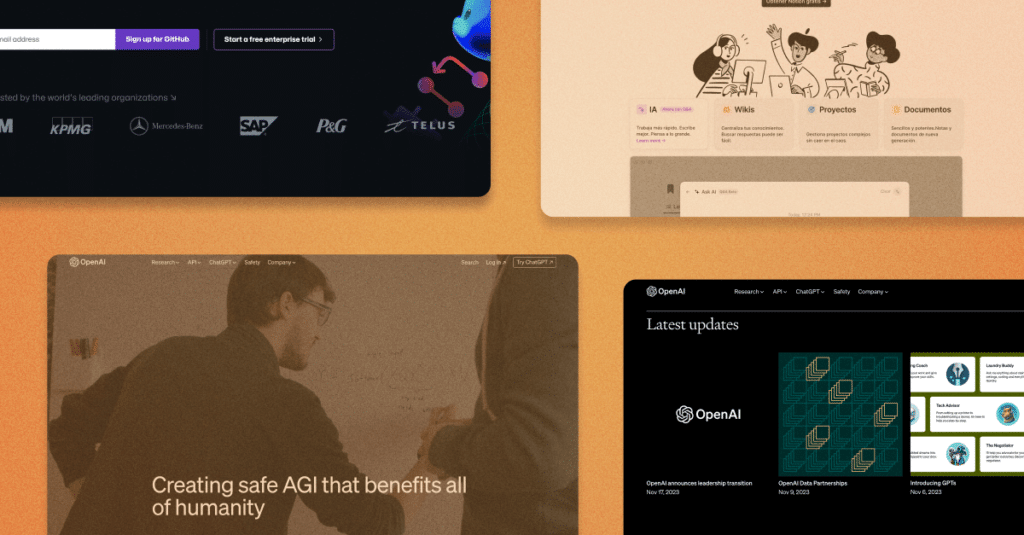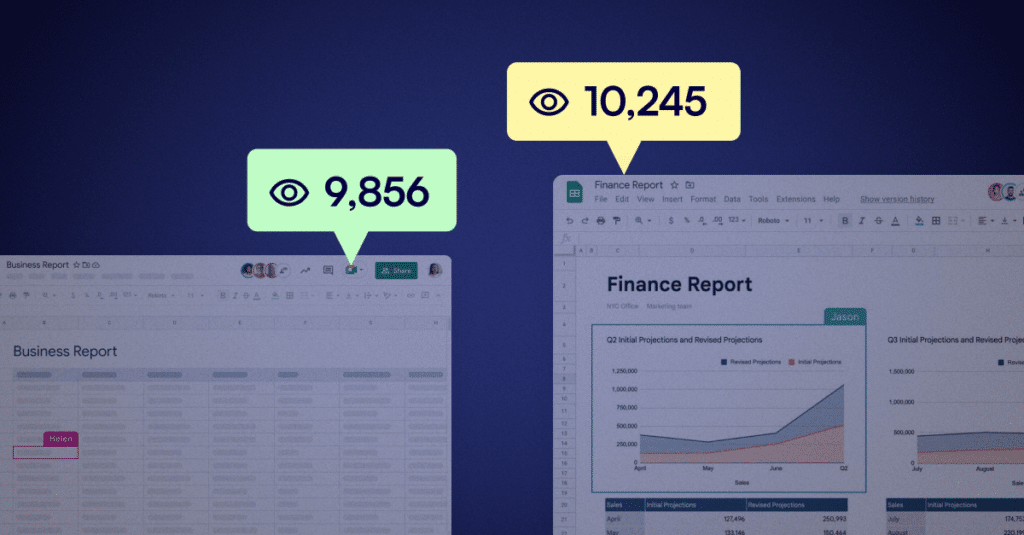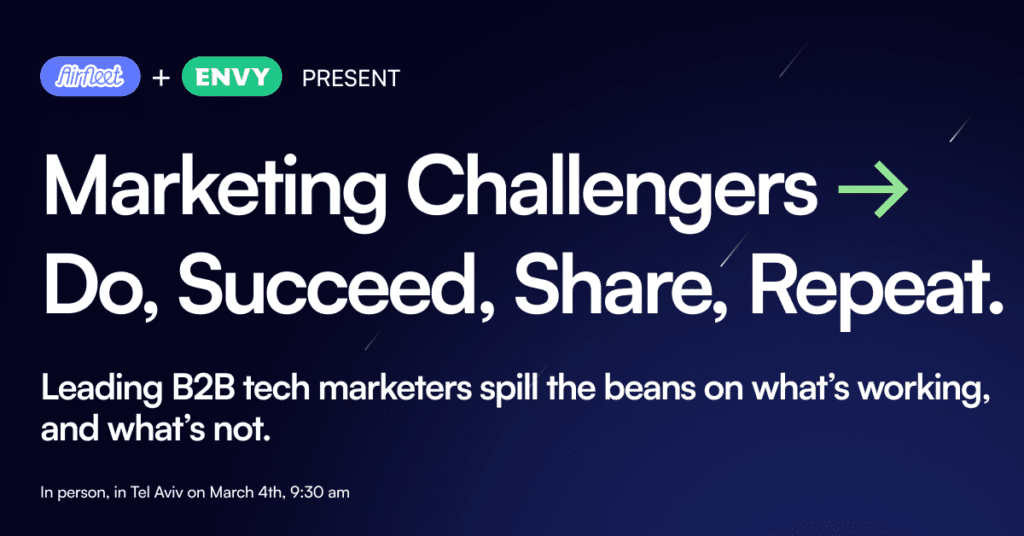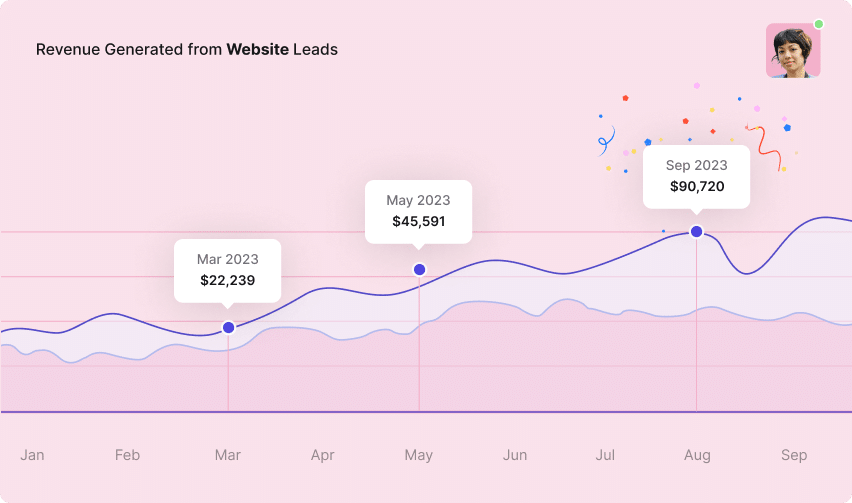Launching a Flagship Website
It’s the final step! The website looks amazing, everything passed QA and you’ve approved the launch. Let’s push the “Go Live” button!
Let’s Talk Process
Not so fast.
The actual step of “going live” requires executing multiple consecutive and parallel tasks to reduce downtime and avoid unexpected issues due to how websites are cached.
The process involves communication with your IT team, which can add complexity (and time).
To ensure a successful website launch, we follow a proven launch sequence.
The Sequence
Do it once & do it right.
Our four milestones:
- Develop the plan.
- Expect the unexpected.
- Launch on the chosen day.
- We’ll wrap up the details. You relax and enjoy the show.
The Plan
Which we develop early in the project timeline.
- Collect infrastructure perquisites:
- Confirm the hosting provider
- Agree on which CDN to use
- Align expectations around security requirements
- Discuss any special infrastructure needs
- Obtain access to key integrated tech, including:
- Google Tag Manager
- Google Search Console
- Google Analytics
- Web Application Firewall (e.g. Cloudflare)
- Hosting provider (if we’re not hosting it)
- Marketing Automation
- ATS
- Align on Go-Live (1 – 2 weeks before launch):
- Choose launch date and time
- Confirm stakeholders and their contact details
- Rinse and repeat.
Our Launch Checklist
Expect the unexpected.
We ask every team lead to confirm we’re ready by ticking the following boxes (this is the abbreviated version).
Development team, content & QA:
- Designs are properly implemented and pass QA
- Special functionality is properly implemented and pass QA
- Final content is updated on the site and no Lorem Ipsum or placeholder content is found
- All integrations are tested and working
- Header and footer menus are populated (including social media links)
- URL structure is set up correctly
- All forms are implemented with the correct form ID and proper automation
SEO, CRO & optimization team:
- Redirect map is implemented
- Content (including meta tags) is migrated or added correctly
- Technical SEO issues are fixed and no broken links are found
- Website is open for indexing
- Web core vitals are in the green
- Analytics set up and receiving data
- Sitemap is connected to GSC
- WP Rocket set up
- Image lazy loading activated
Security & DevOps:
- Security platforms are implemented and configured
- Plugins and core versions are up to date
- Hosting configuration completed and tested
- User access confirmed
- Code passes static code analysis
- Manual penetration testing completed
- Access to DNS (direct or client IT)
- WP-Admin default URL updated & set up 2FA
- Adding HTTP security headers
Client confirmation:
- Last but not least, we will not launch until we receive final approval from our customer
Push The Button
The launch day.
We always recommend choosing a low-traffic time of day (and both teams must be available).
T- 1 hour
A typical website launch needs an hour of preparation before the actual switch (when your domain DNS is no longer pointing at the old site).
The final configuration includes over a dozen tasks that cannot be completed ahead of time.
Once we push the button, the development environment is no longer available, no changes can be made and we can’t stop the process once it’s started.
T-5 mins
This is when the real magic happens.
The domain is pointed at the new site, URLs are replaced and caches are cleared.
The website might be unavailable during this window and you may experience redirect or caching issues.
What we’re doing:
A sanity check to find & fix critical issues (including potential SSL problems, redirect loops, caches, and more).
It’s time
A few hours post-launch, visitors may experience issues (which is why choosing a low-traffic time for launch is so critical) depending on DNS population, edge caching, local caching and hosting configuration.
After the launch (but on the same day) we proceed with consequent QA & SEO related tasks.
The days after
There are several follow up tasks, including:
-
- Configure website monitoring for uptime and visual regression and report findings to the relevant stakeholders.
- Fine-tune website optimization, including SEO.
- Monitor analytics for any potential drops / anomalies after launch.
- Continue QA and collect any user feedback, including bugs.
Enjoy Your New Website
You are in excellent hands.
We want your go-live experience to be smooth, but with every major undertaking, we know there’s stress, lofty expectations and eager stakeholders involved – the stakes are high!
We’ll keep an open line of communication and encourage you to sit back and enjoy the show. We’ve got this.
